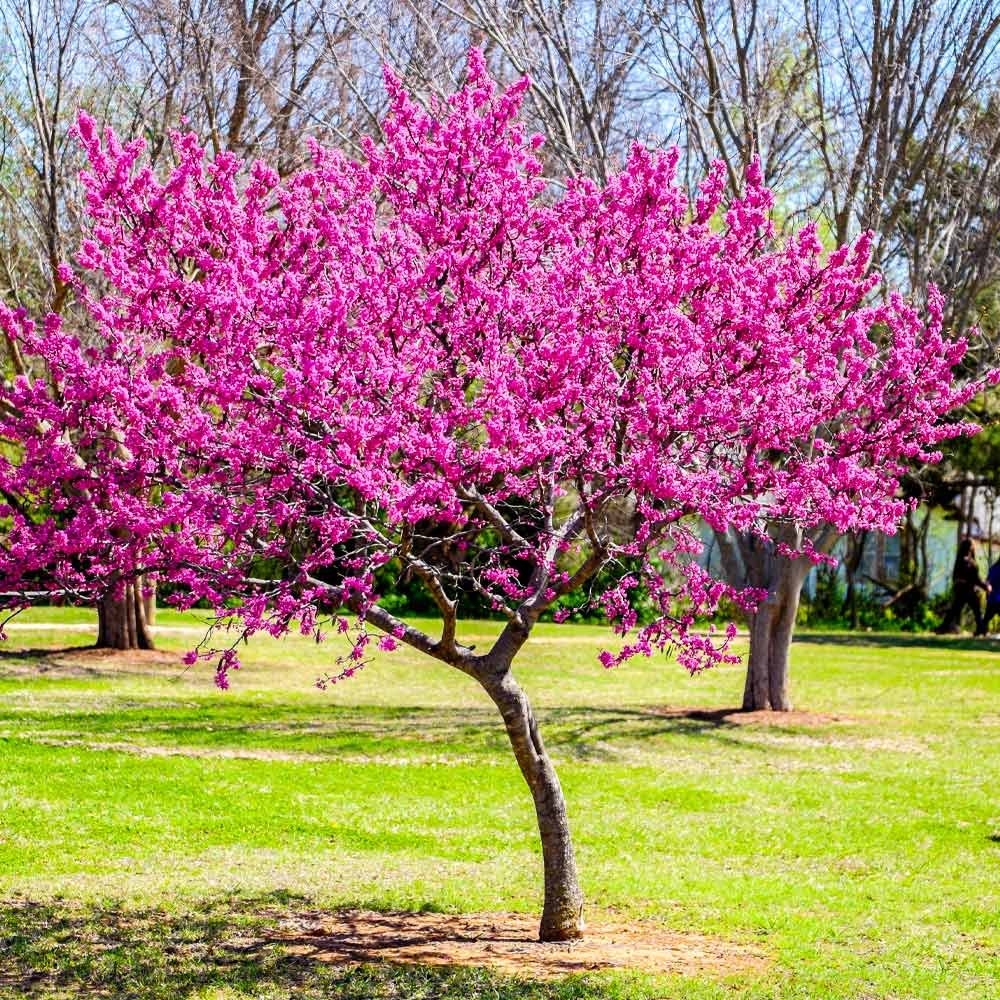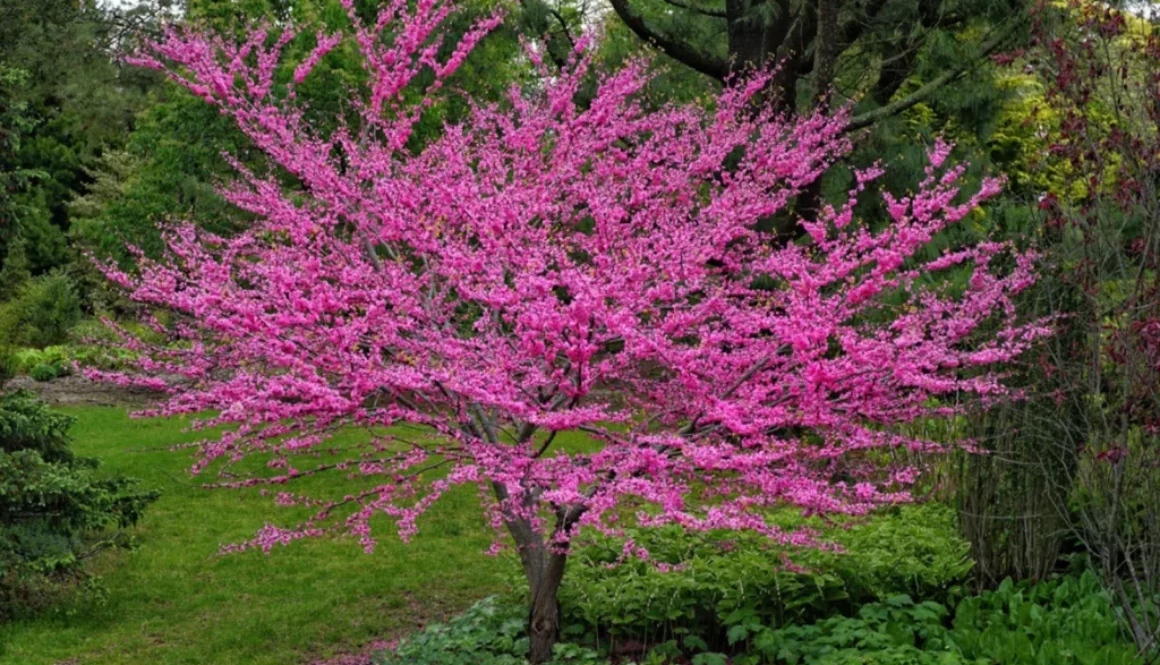The Redbud Tree
The redbud tree, also known as Cercis canadensis, is a small tree or shrub that is native to eastern North America. The tree is known for its vibrant pink or purple flowers that bloom in early spring and its heart-shaped leaves that turn yellow in the fall. In this article, we will delve into the history of the redbud tree, how it grows, the colors of bloom, places to plant, how to care for a redbud tree, and how the tree can add value to your property.
History of the Redbud Tree
The redbud tree has been an integral part of eastern North America's forests for thousands of years. Native Americans used the redbud tree for medicinal purposes, including treatments for whooping cough, fever, and dysentery. They also used the tree's wood for tools and dyes.
European settlers in North America admired the beauty of the redbud tree, and it soon became a popular ornamental plant. In the 19th century, the tree's popularity spread to Europe, and it is now widely grown in gardens and parks throughout the world.

How the Redbud Tree Grows
The redbud tree is a deciduous tree that can grow up to 20-30 feet tall and 25-35 feet wide. The tree has a spreading, irregular shape, and its trunk is usually short and divided into several branches close to the ground. The tree has a shallow root system, which means that it is sensitive to drought and should be watered regularly.
Colors of Bloom
The brilliant pink or purple flowers that emerge in the early spring are one of the redbud tree's most appealing characteristics. The tree stands out even more because the blossoms appear on it before the leaves do. Before the tree's heart-shaped leaves take their place, the blossoms typically last for a few weeks.
Places to Plant
Redbud trees may thrive in a variety of temperatures because they are typically hardy in USDA zones 4 through 9. The tree loves full sun to light shade and well-drained soil. Moreover, it can tolerate a variety of soil types, including sand and clay. In gardens, parks, and along streets, redbud trees are frequently planted as decorative trees.
How to Care for a Redbud Tree
Redbud trees are relatively easy to care for, but they do require some attention. Here are some tips for caring for a redbud tree:
Water the tree regularly: Redbud trees have a shallow root system and are sensitive to drought. Water the tree regularly, especially during hot, dry weather.
Fertilize the tree: Redbud trees benefit from regular fertilization, especially during the growing season. Use a balanced fertilizer that contains equal parts of nitrogen, phosphorus, and potassium.
Prune the tree: Prune the tree in late winter or early spring before new growth appears. Remove any dead, diseased, or damaged branches, and shape the tree as desired.
Protect the tree from pests and diseases: Redbud trees are susceptible to pests and diseases, including borers, cankers, and fungal infections. Monitor the tree for signs of infestation or disease, and treat as necessary.
How the Tree Can Add Value to Your Property
Planting a redbud tree can add value to your property in several ways. The tree's beautiful flowers and foliage can enhance the appearance of your garden or landscape, which can increase the curb appeal of your home. A well-maintained redbud tree can also improve the overall health of your property by providing shade, reducing erosion, and increasing air quality.
The redbud tree is a charming and adaptable species that has been treasured for its aesthetic and ecological benefits for many years. Planting a redbud tree can elevate the appeal of your property, while also improving its environmental conditions. With the right care and maintenance, the tree's vibrant colors and unique shape can provide enjoyment for many years to come.
